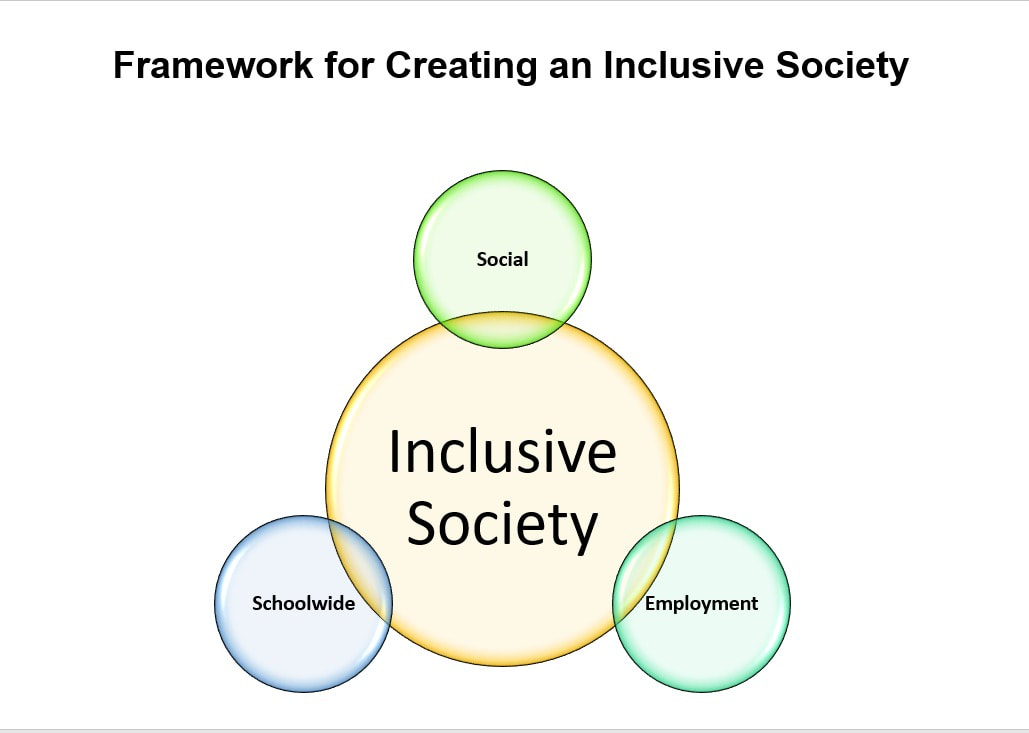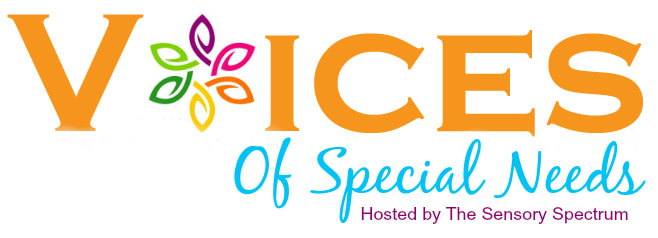Let’s first establish the definition of an inclusive society
An important conversation needs to take place about how this translates to us as a society. Inclusion is a hot topic, but I believe we need to start talking about what’s working, what isn’t working, and what needs to be done.
Building the Framework for an Inclusive Society
However, we know it when we see inclusion being successfully practiced in some classrooms or community programs.
- Differentiated Instruction – teaching to the needs of each student’s learning style
- Universal Design Learning System – tools that provide all children equal access to learning.
- Bullying Prevention – enforcing a sound plan that makes all children feel safe and accountable.
- Parent Involvement – creating a welcoming climate for parents to be meaningfully involved in all decision-making processes and school activities.
- Positive Behavior Support Plan – creating a positive learning atmosphere with a sound plan for rewarding good behavior, addressing challenging behavior, and teaching new skills.
- Access: Many other businesses are realizing the value of cashing in on a market that’s been grossly neglected for – well forever. The disability community is a paying community. Individuals with disabilities are people with as much buying and spending power as anyone else. So, in short, ensuring that all individuals with disabilities have equal access (transportation, accessibility, sensitivity, etc.) to participate in their community is key for legislative progress, neighborhood improvement and a flourishing economy.
- Eliminating Inequality in Public Policy – we need to see improved representation of individuals with disabilities in higher roles of the political and legislative process (panel discussions, boards, councils, task forces, presidential cabinet, etc.). There should be representation in all aspects of our legal system at the local, statewide, and national levels. This would quickly help to address the many existing barriers that prevent members of the disability community from being active and meaningful participants of their community.
- Increasing Visibility – I mentioned the need for representation on political platforms, but what about mainstream society? I love that we see more and more representation of individuals with various disabilities on television shows, in movies, beauty pageants, and across all social media outlets. But we can’t allow this to be a “now” trend that fizzles out over time. Awareness and education is best shared through social and televised networking media channels.
- Eliminating Barriers to Job Markets – Companies that have mastered the art of leveraging the skills of potential and current employees with disabilities for company profits are enjoying their decision to expand and increase the number of individuals with disabilities as their employees. But that’s not all, they’re making serious money and they get to reap the benefits of tax incentives to boot.
- Creating a Zero Tolerance Policy for Discrimination - Turnover is common in the workplace and an organization that believes in adopting a plan for continuous improvement is a company that believes in vigorous, routine training for its employees. Having a system in place for developing a mindset for acceptance, sensitivity, and inclusion for all employees makes for a working climate all employees wish to be part of.




 RSS Feed
RSS Feed